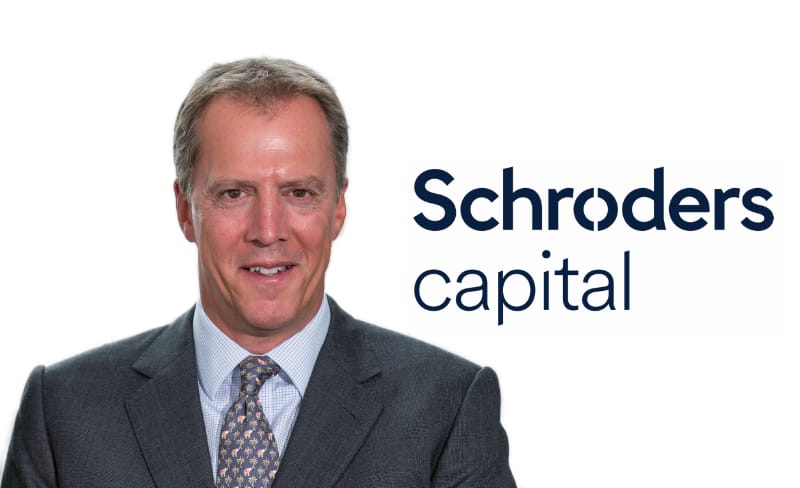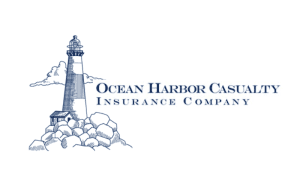ILS appeal lies in being the only truly uncorrelated asset class: Gibson, Schroders Capital

Insurance-linked securities (ILS) continue to stand out as a compelling asset class, not just for their strong returns, but for their unique ability to remain uncorrelated with broader financial markets, according to Mark Gibson, Senior Investment Director, ILS, at Schroders Capital.
The Swiss Re Global Cat Bond Index posted record gains of 17.3% in 2024 and 19.7% in 2023, rebounding sharply after a modest 2.2% decline in 2022.
However, while these figures represent standout years, Gibson notes in an article that since the index’s launch in 2002, cat bonds have consistently delivered performance that has outpaced every asset class except global equities in terms of annualised returns.
“Insurance-linked securities has been the second-best performing asset class since 2002, but its real appeal lies in being the only truly uncorrelated asset class in a market that has become much more volatile,” Gibson said.
“Fundamentally, therefore, the asset class has generated returns equivalent to investments that entail much higher levels of volatility,” he continued.
“This reflects the nature of the risks involved; the higher coupon rates typically available are designed to compensate investors for taking on insurance risk related to low probability, but high severity, events.”
He continued: “Turning back to the strong returns over the past two years, these came on the back of a decline in 2022, of 2.2% – the first negative year in the history of the asset class. This in turn was the result of significant losses in the latter part of the year on the back of a particularly devasting hurricane season in the US.
“The rebound since then highlights one other facet of the asset class – its recovery from moments of decline, which is often swift and strong, reflects the nature of the reinsurance market that underpins it.”
But the potential returns from insurance-linked securities are not the main appeal of the asset class. While performance has been strong, the fact that these returns are uncorrelated to wider capital markets is the biggest benefit from a portfolio perspective, Gibson added.
“Put simply, insurance-linked securities are exposed solely to natural, often weather-related, risks. Those risks are unaffected by geopolitical events, economic fluctuations, or shifts in sentiment on capital markets more broadly. That is particularly attractive in the current climate, in which political shifts are driving severe market undulations, especially for listed equities.”
He continued: “To show how this has played out historically, catastrophe bonds earned a positive return when the financial world was crashing during the Great Financial Crisis in 2008, while in 2020 the asset class was almost entirely untouched by the Covid-19 pandemic. Even in 2022, the losses were well below those seen on both equities and fixed income markets, which both recorded negative annual returns for the first time in half a century.”
Beyond their lack of correlation to market risk, Gibson also notes how ILS hold a distinct advantage over traditional fixed-income securities when it comes to interest rate sensitivity. While most bonds are impacted by shifts in monetary policy and the yield curve, ILS returns are primarily driven by fixed insurance premiums, with only a smaller component tied to money market returns.
“Furthermore, risk periods on these securities typically range from six to 36 months, meaning a portfolio will have a blend of short-term durations exposures that are not subject to the longer tail of the yield curve,” Gibson added.
Concluding: “In a world that has become decidedly more volatile, insurance-linked securities could be an interesting option for investors.
“Beyond the attractive yield and returns in recent years, their key appeal lies in being uncorrelated to market and geopolitical risks, meaning they represent a potentially valuable source of income diversification and portfolio resilience.”






